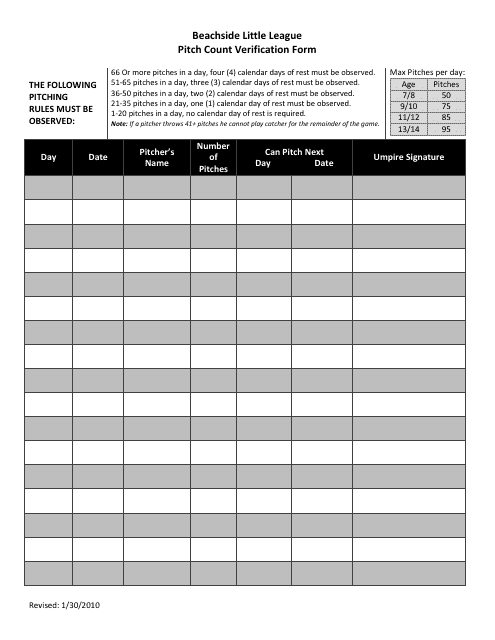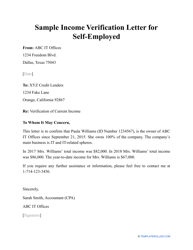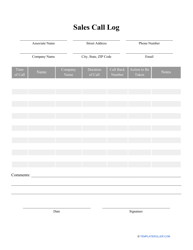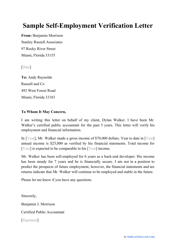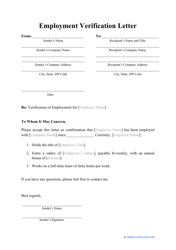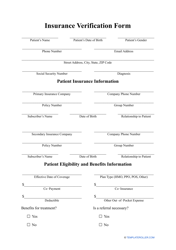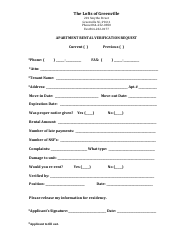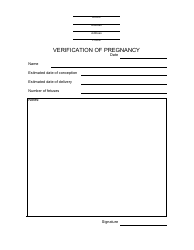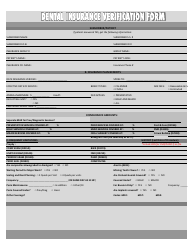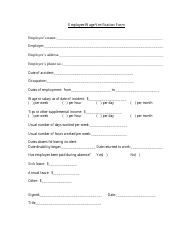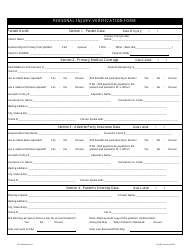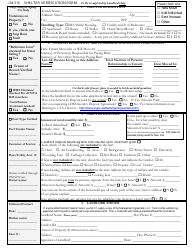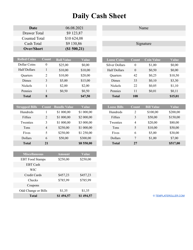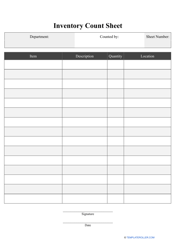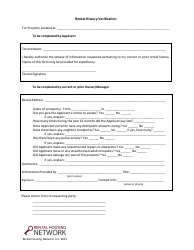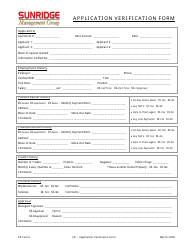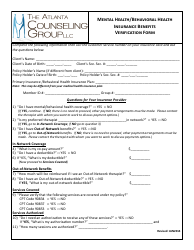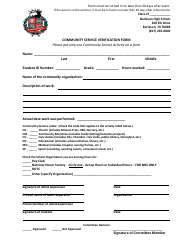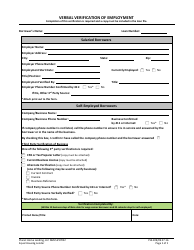Pitch Count Verification Form
The Pitch Count Verification Form is used in baseball and softball to track and verify the number of pitches thrown by a pitcher during a game. It helps ensure the safety and well-being of the player by monitoring their workload and preventing overuse injuries.
The coach or scorekeeper typically files the Pitch Count Verification Form.
FAQ
Q: What is a Pitch Count Verification Form?
A: A Pitch Count Verification Form is a document used to track and verify the number of pitches thrown by a pitcher during a baseball game.
Q: Why is a Pitch Count Verification Form important?
A: A Pitch Count Verification Form is important because it helps monitor and manage the workload of a pitcher to prevent overuse and reduce the risk of injury.
Q: Who uses a Pitch Count Verification Form?
A: Coaches, team managers, and officials use a Pitch Count Verification Form to ensure compliance with pitch count rules and regulations.
Q: What information is included in a Pitch Count Verification Form?
A: A Pitch Count Verification Form typically includes the pitcher's name, team, date of the game, innings pitched, pitch count per inning, and total pitch count.
Q: Are there any pitch count limits in baseball?
A: Yes, different leagues and organizations have specific pitch count limits based on age and level of play to protect the health and safety of pitchers.
Q: How is a Pitch Count Verification Form completed?
A: A Pitch Count Verification Form is completed by recording the number of pitches thrown by a pitcher in each inning and totaling the pitch count at the end of the game.
Q: What happens if a pitcher exceeds the pitch count limit?
A: If a pitcher exceeds the pitch count limit, they may be subject to rest requirements and possible disciplinary actions depending on the league or organization's rules.
Q: Can a Pitch Count Verification Form be used at all levels of baseball?
A: Yes, Pitch Count Verification Forms can be used at all levels of baseball, from youth leagues to professional play, to ensure the safety and well-being of pitchers.
